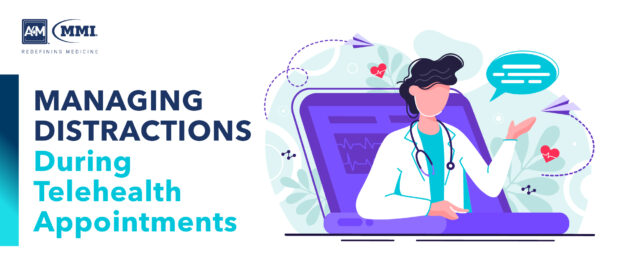Commonly prescribed to menopausal patients, individuals with human growth hormone and thyroid imbalances, as well as males with hypogonadism, hormone replacement therapies (HRT) have had a tumultuous history within the medical industry and scientific community. Despite several ups and downs, these therapeutics are now widely popularized solutions to hormonal imbalances, specifically menopause, and constitute a global, high-revenue market. Additionally, research developments have contributed to the introduction of bio-identical hormone-based products, which provide a natural alternative to synthetic HRTs and have been surging in popularity.



